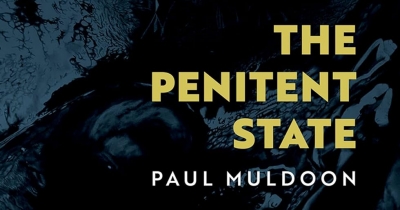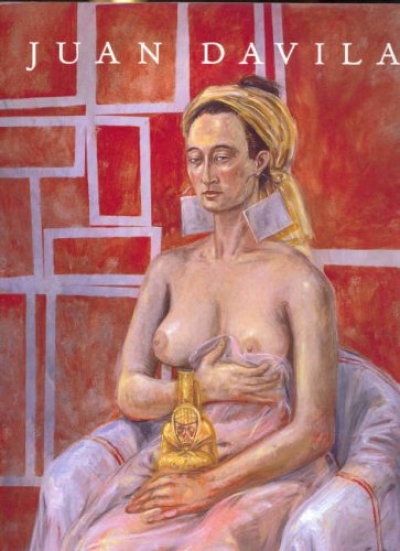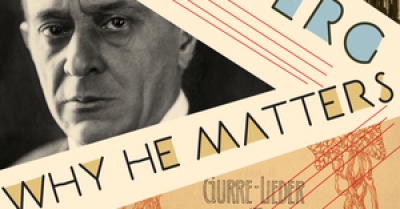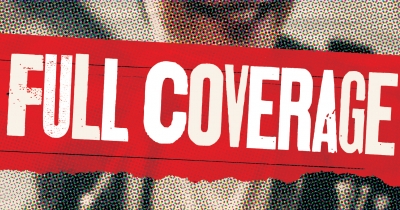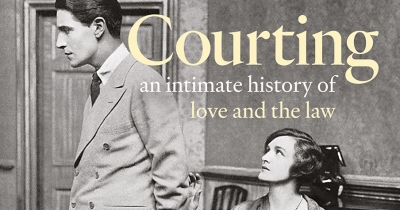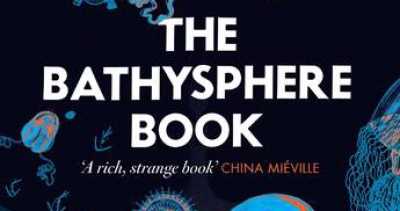Review
The Menzies Watershed edited by Zachary Gorman & Menzies versus Evatt by Anne Henderson
by Patrick Mullins •
The Penitent State: Exposure, mourning, and the biopolitics of national healing by Paul Muldoon
by Stephanie Collins •
Late Fascism: Race, capitalism and the politics of crisis by Alberto Toscano
by Ben Gook •
Juan Davila with Guy Brett and Roger Benjamin by Juan Davila
by David Hansen •
Full Coverage: A history of rock journalism in Australia by Samuel J. Fell
by Des Cowley •
Courting: An intimate history of love and the law by Alecia Simmonds
by Zoe Smith •
Near the Border: New and selected poems by Andrew Sant
by Geoff Page •


